In most working environments, whether manufacturing or otherwise, many potential threats to foot safety exist necessitating the need for safety footwear. These shoes keep your feet secure and reduce the risk of any potential foot injury.
In this article, we will tell you how to choose the perfect safety shoe for your needs and what factors to consider while doing so.
The importance of wearing safety shoes
Safety shoes are not like your regular shoes, they are like armour for your feet. You know, jobs can be risky at times. Things might fall or roll, leaving your feet crushed. Sounds awful, right?
Moreover, these shoes are great when walking on slippery floors. Ever seen someone doing the good old slip-and-fall dance? These shoes can help you avoid that embarrassment.
Simply said, this kind of footwear safeguards the entire foot, including the soles, toes, and ankle, and it can defend you against:
- Electric shock
- Stepping on sharp objects
- Dropping something heavy on your foot
- Water or oil spillages
So, basically, these shoes are like your work BFF, looking out for you every step of the way.
Different types of safety shoes for different jobs
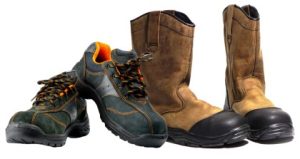
Let’s take a look at the different types of safety shoes suitable for different jobs.
-
Steel-toe safety shoes :
These types of shoes are a necessity in industries such as manufacturing, construction and heavy industry. The toe area in these shoes is made of heavy-duty steel giving protection against compression and impact hazards.
While these shoes protect your feet, some people might find them heavy. Also, in cold environments, the metal gets cold causing discomfort.
-
Composite toe safety shoes:
Safety shoes with composite toes are more lightweight than those with steel toes. For toe protection, they use lightweight materials like carbon fibre, plastic, or Kevlar. Similar degrees of impact and compression protection is provided by this structure, but without the additional weight. Composite toes have the important advantage of being non-metallic, which makes them perfect for occupations requiring the usage of metal detectors because they won’t set off alarms.
- Electrical hazard safety shoes
These shoes are designed expressly to protect employees from electrical risks. They are made to resist electrical currents, lowering the possibility of electric shock or other harm. These shoes are used by electricians and people who operate around electrical equipment to reduce any risks related to their occupations.
- Slip-resistant safety shoes
These shoes include unique outsoles and tread designs that offer better traction on slick terrain. These shoes are necessary for employees in places like restaurants, hospitals, and other institutions with slippery or oily surfaces where slips and falls are common.
- Heat-resistant safety shoes
The materials used to make heat-resistant safety shoes can endure high temperatures while shielding the feet from burns. These shoes are essential for the protection of metalworkers, firefighters, and foundry workers in extremely hot environments.
3 THINGS THAT MAKE A GOOD SAFETY SHOE
While a good safety shoe may initially cost more, if it’s durable, it will save you money over time. Here are factors to consider when choosing the right safety footwear.
Durability
If you are an employer, it is beneficial to choose safety shoes for your employees that last longer. Understanding your industry and what your work demands are some crucial factors.
Make sure to check the materials used, the stitching quality and how strongly the sole is attached to the shoe body to determine the durability of the safety footwear.
Not every pair of safety shoes is anti-static or resistant to fuel and oils; you must decide if this is required. It can be expensive to buy shoes with extra protection that is unnecessary. Choose the appropriate safety shoe by being aware of the protection components you require.
Comfort
You can’t wear a shoe if it’s uncomfortable whether it’s a casual shoe or a safety shoe. Comfort is the number one factor when choosing footwear. The comfort level depends on the sole’s construction. Most safety shoes have polyurethane soles because of their high level of comfort. PVC soles are typically hefty and rank poorly for comfort, despite having considerable resistance to chemical agents.
Uncomfortable safety shoes can result in calluses, blisters, or other small injuries that could develop into more serious issues. Your staff will be more attentive to the task at hand if they feel comfortable in their PPE.
Fit
Safety shoes have a unique fit. They must fit snugly in other places while giving enough room to move your toes. To give the ankle stability, the heel must fit tightly into the shoe. Steel midsoles can offer arch support and defence, which lessens hip and back pain.
If you are an employer, regularly inspect the safety shoes worn by employees. The fit of shoes may alter and become unpleasant with usage. When the shoes reach this point, it is necessary to replace them even though they still seem wonderful on the outside. The employee is more likely to wear their safety shoes if they fit them comfortably.
How often should you replace your safety shoes?
Every year on average, people need new safety shoes. The environment, usage frequency, and maintenance all affect how often safety shoes need to be replaced. Ask yourself the following questions:
- Are there any tears or splits in them?
- Are there any gaps in them?
- Has the sole separated? Is it damaged or pierced?
- Is the non-slip tread deteriorating?
- Do the steel toe caps have any dents?
- Is there still fabric on the steel toe caps?
If your safety shoes have one or more of these defects, it is time to replace them.
Wrapping it up...
In order to protect the well-being, health, and comfort of workers across a variety of industries, choosing the appropriate safety shoes for your employees is essential. Given the wide range of options available, it’s crucial to evaluate the demands specific to your workplace, including the risks present and the responsibilities of your team.
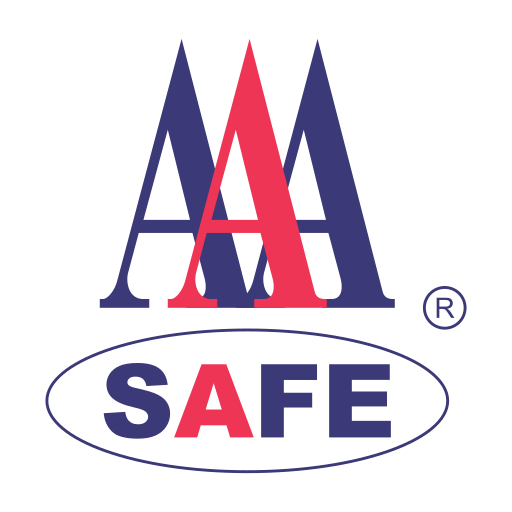

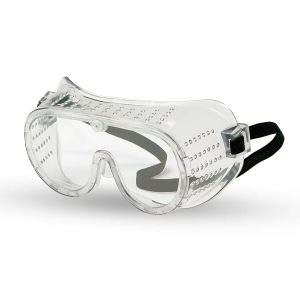
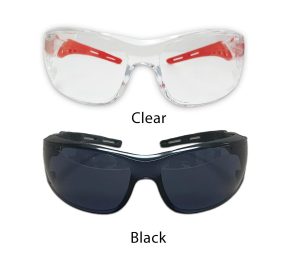
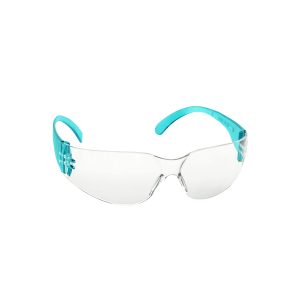

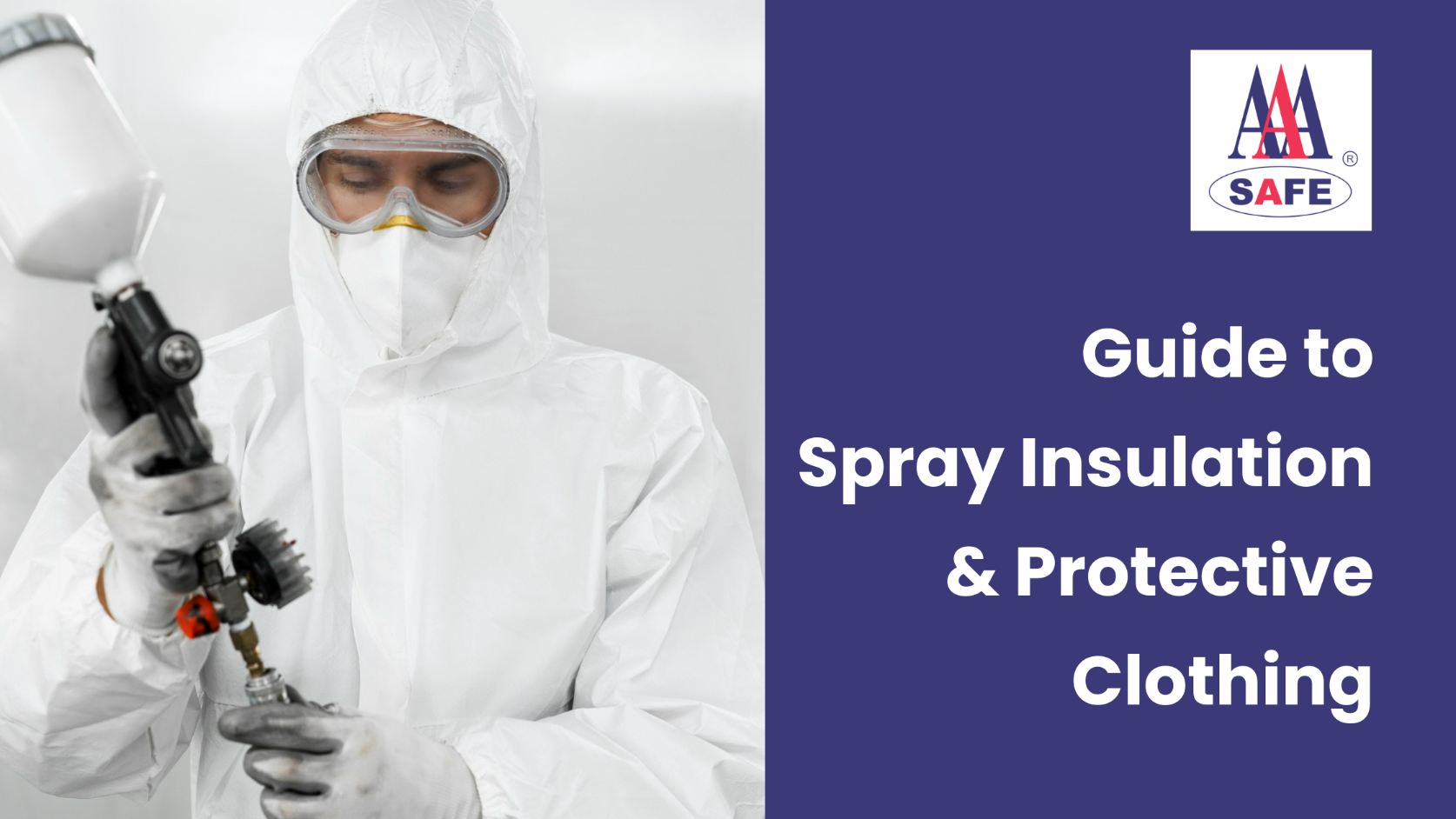
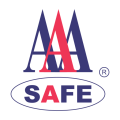




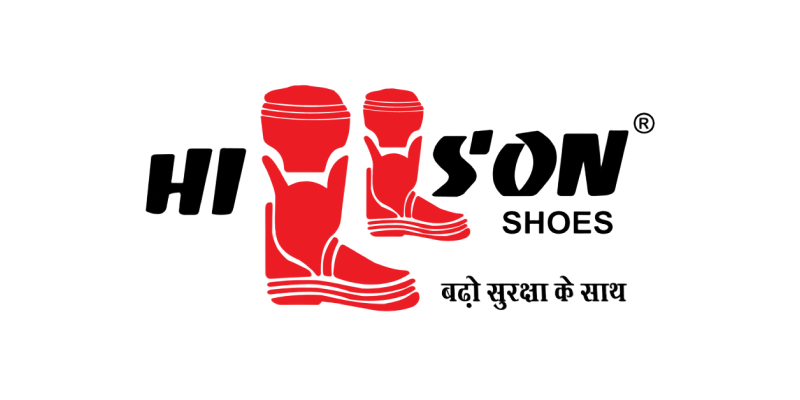

 Online | Privacy policy
Online | Privacy policy